The first authenticated discovery of gold in the U.S. occurred on the Cabarrus County farm of John Reed in 1799, sparking the nation's first gold rush. During its peak years, more than a million dollars of gold was recovered a year, making North Carolina a leader in gold production until 1848. This mill, built by the Mecklenburg Iron Works of Charlotte, North Carolina, is original except for the timber work. Two groups of five 750-pound stamps with 5- to 7-inch lift, rose and fell thirty-five times a minute to yield a finely crushed ore.
ASME


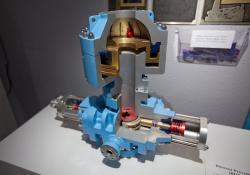


Steam and the inexpensive electricity it could produce brought about dramatic technical growth in the United States. Developed during the last century, reliable and efficient steam engines were the forerunners of today's massive generating facilities. A rare survivor of the period, the Pratt facility is the oldest generating plant of its kind in the Northeast and embodies the typical features of engines in a row, open-front marble switchboard, and an observation balcony at street level.

The Port Washington Power Plant of the Wisconsin Electric Company was the most thermally efficient steam power plant in the world for many years following its opening in 1935. Its design reflected the cumulative experience of the utility's engineers in burning pulverized coal at the Oneida Street Plant and the Lakeside Station in Milwaukee.
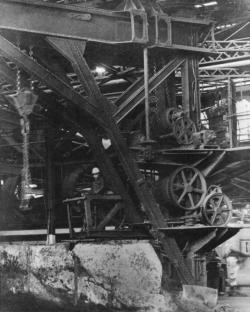
Used to lift molten iron to molds where it was cast into pipe, jib cranes were the sole means of conveyance in the pit-casting process. When pit casting was replaced by centrifugal casting in the 1920s, many pits were filled and the cranes were used to produce cast iron fittings or general maintenance work. Only one jib crane remained at the American Cast Iron Pipe Company in recent years, and it was probably the last pit-cast jib crane to operate, which it did until it was given to the Sloss Furnace Museum in early 1986.

In the late 1920s, the automobile cut railroad passenger service by more than half. The debut of the Pioneer Zephyr heralded a comeback in 1934, touring the country and being seen by some two million people in 222 cities.

The economic situation in the whale oil business (for lighting), coupled with the increased demand for lubricants, stimulated growth in the U.S. petroleum industry. The drilling of the heavy, sulfurous, and asphaltic California crude began in the 1870s at the Pico Canyon area, using the apparatus and techniques from Titusville, Pennsylvania, developments.
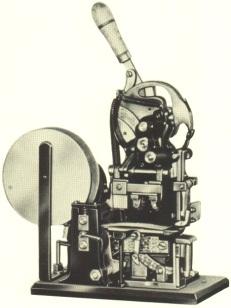
This was the first successful machine for mechanizing the identification and price marking of retail merchandise. At a single stroke of the operating handle, the machine formed a tag from a roll of stock, imprinted it with price and other information, formed a wire staple, and stapled the tag to the merchandise. This means for dispensing with handmade and written tags amounted to a minor revolution in the then rapidly expanding retail industry.
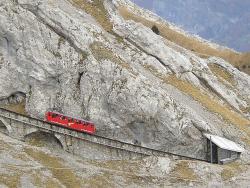
605 Alpnach State: Zip: Country: Switzerland Website: https://www.asme.org/about-asme/who-we-are/engineering-history/landmarks/220-pilatusbahn, https://www.asme.org/getmedia/8c4b369d-83fd-4b9e-9248-b6d78b28628c/220-Pilatusbahn-1882.aspx Creator: Locher, Eduard , Locher Systems
The Pilatusbahn—the steepest rack railway in the world—has operated successfully since its opening in 1889 over a route of 4.62 kilometers (2.87 miles) between Alpnachstad on Lake Lucerne and Pilatus Kulm, rising 6,791 feet (2,070 meters) above sea level. This results in a gradient of 48%, or a rise of nearly one meter in two meters of run on the steepest sections of the line, which amounts to about a quarter of its length.

On April 21, 1949, a completely outdoor turbine-generator was placed into commercial operation at the Greens Bayou electric power plant--the first fully outdoor unit to operate in the United States. The demand for unprecedented quantities of electricity after World War II pressed utilities to…
Read More
This is an old technology brought here by new immigrants. It represents the beginning of modern life in a hard wilderness. This wind-powered gristmill was built in 1870 by Fred Meiss, Jr., and Otto Fiek near Spring Creek, from parts of the first windmill in the new state of Texas, erected by E.G…
Read More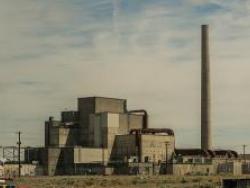
The Hanford B-Reactor was the first plutonium production reactor to be placed in operation. Its success made possible the subsequent development of atomic energy. The research work, engineering, and planning required to make the reactor operate is one of our most advanced achievements. Much of…
Read More



The first practical demonstration of this tractor took place in a peat field on Roberts Island on November 24, 1904, and was patented and in production by December of 1907. The existing machine represents the earliest gasoline-powered track-type tractors that were to help revolutionize…
Read More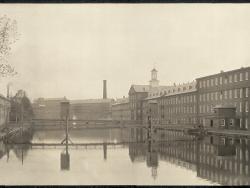
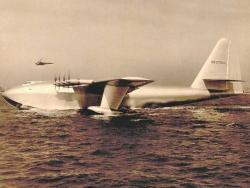
Better known as the "Spruce Goose," the Howard Hughes Flying Boat was designed and built by Hughes Aircraft Co., to be the largest wood-constructed and the largest wingspan airplane ever built. As Hughes perfected his craft, he added significantly to what is known in areas of large-lift…
Read More
Prior to 1909 the traditional fishtail bit scraped the rock and quickly dulled in service. The Hughes two-cone bit's revolutionary rolling action crushed hard-rock formations with twin cone-shaped, hardened steel bits, each with 166 cutting edges, revolving on bronze bearings shaped to provide a…
Read More
In operation since 1944, the Icing Research Tunnel is the oldest and largest refrigerated icing wind tunnel in the world. Technology developed there enables aircraft to fly safely through icing clouds. Two firsts include the unique heat exchanger and the spray system that simulates a natural…
Read More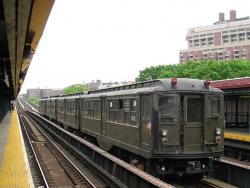



Although not the first four-wheel-drive vehicle or the first designed for rough, multipurpose field use, the Jeep MB was built as an unusual combination of these and other features of modern vehicle design in the World War II era.
The prototype four-cylinder "Quad" was designed in 1940-…
Read More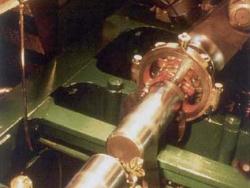
The oscillating steam engine, built by John Penn & Sons, is located aboard the famed paddle steamer Diesbar. Diesbar is the second oldest of a fleet of nine paddle steamers in Dresden. What makes the Diesbar unique is its coal fueled engine and single deck design. The John Penn and Sons…
Read More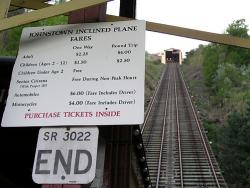
This is one of several, similar inclines built in western Pennsylvania during the late 19th century. It was designed by Samuel Diescher (1839-1915) after the great flood of 1889, to provide an efficient means of transportation between Westmont and the Conemaugh Valley. (See also the Monogahela…
Read More
This ironworks exemplified the adaptability required for industrial survival in a dynamic technical environment. It was a major western producer of mechanical equipment used in mining (especially large hydraulic machines), ship propulsion, irrigation, power generation, optical telescope mounts,…
Read More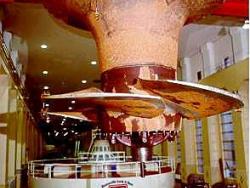

This is one of the earliest US foundry-machine shops remaining in operation and one of the few water powered. It was founded by Samuel N. Knight (1838-1913) to manufacture machinery for the gold mines of the …
Read More

